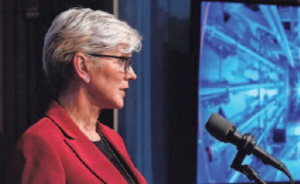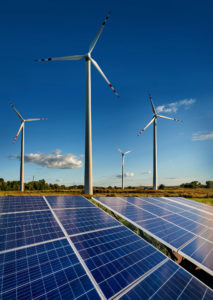Our son suggested we attend the Comic Con parade in Atlanta about 8 years ago, so we and a bunch of our employees all agreed to meet along the parade route and then grab dinner at an area restaurant. It was pretty wild and it showed me how much people will spend pretending to be a character. Perhaps most impressive were those who were dressed up as Star Wars soldiers. Those white plastic armor suits looked identical to the ones on movie sets.
ago, so we and a bunch of our employees all agreed to meet along the parade route and then grab dinner at an area restaurant. It was pretty wild and it showed me how much people will spend pretending to be a character. Perhaps most impressive were those who were dressed up as Star Wars soldiers. Those white plastic armor suits looked identical to the ones on movie sets.
I guess this is all innocent fun on so many levels… that is until and unless it becomes the life these individuals really believe they are leading. When I hear people talking of the Metaverse or about the time wasted in videogame play I do worry whether we are headed nowhere good.
The title of this blog comes from an article called The Great Carbon Con Is Coming to an End: No more fluffy climate goals and emissions offsets. Businesses will soon be expected to show real progress.
As I read it, I felt redeemed for all the blogs I have written trying to warn people of the greenwashing and blatant lies being offered as corporate testimonies on ESG initiatives. It seems that the charade is going to be called into accountability and the emperors shown to be nude and ugly. One can hope.
The problem with this of course is that the last thing we all need is more proof that what we are being told by government and industry leaders can’t be trusted. We all want to believe that actions today can lead to a healthier and prosperous tomorrow.
But, we are also in the perfect storm of technology that is sure to confound the process. We have deep fakes that can automatically produce “proof” that people say this or that. We have AI powered script and video generation that can flood our digital channels with misinformation, and we have ample proof that all too many of our leaders are corrupt.
Perhaps that is why so many of us want to entertain ourselves with magical creatures and other worlds we can live in. These all seem oh so much better than the one we must live in today.
Perhaps we all do live in that matrix pointed to by the movie series of that name. When I hear how many people attended the big meetings on climate change I am reminded of the wise words Joe Collier spoke when he keynoted one of the early meetings on cogeneration and said, “I just hope those of you who think you are going to make a lot of money promoting cogeneration projects have wives who work. Seems like such an inappropriate remark today, now doesn’t it.
That year the meeting was dominated by entrepreneurs and industry participants. Within two years it was dominated by lawyers looking for information to sue the snake oil sales companies that dominated the business.
You do see the parallels, right? We are now in the entertainment phase of Carbon Con. Enjoy!




 I can’t remember the professor who suggested this to me, but I think it is pretty profound. When it comes to things that you believe are real, it is always a good guideline to think that must be real if it already exists. So, now that we have been told by our governmental researchers, they can produce fusion (the same energy source as the sun), perhaps we shouldn’t be celebrating just yet.
I can’t remember the professor who suggested this to me, but I think it is pretty profound. When it comes to things that you believe are real, it is always a good guideline to think that must be real if it already exists. So, now that we have been told by our governmental researchers, they can produce fusion (the same energy source as the sun), perhaps we shouldn’t be celebrating just yet.
 diminish. This means that the wind farms will produce less and less power … and of course all of this while the needs for electricity will continue to increase. See for yourself:
diminish. This means that the wind farms will produce less and less power … and of course all of this while the needs for electricity will continue to increase. See for yourself: